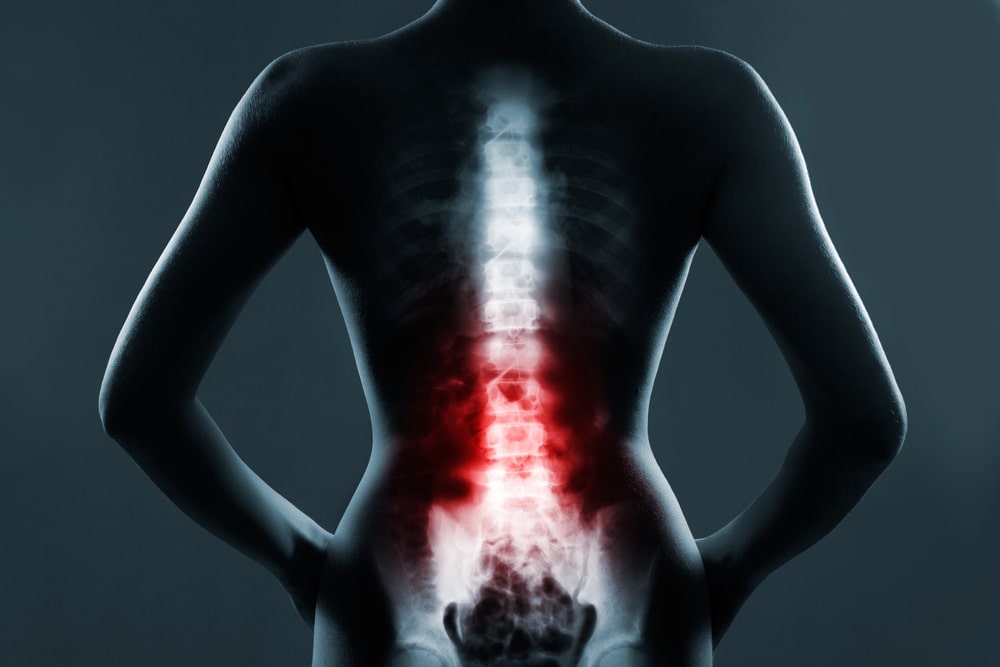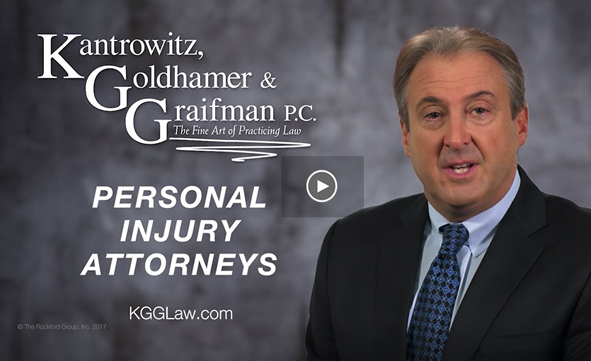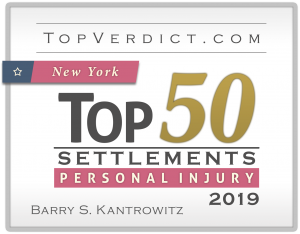A slip in an assisted living facility can change a life forever. As a spinal injury lawyer can share, these environments carry unique risks, and when residents suffer spinal cord damage after a fall, families face both emotional and legal challenges. A claim of this nature demands special care, not just in the medical documentation but in proving responsibility.
Why Assisted Living Facilities Pose Unique Risks
Assisted living communities are meant to be safe havens for older adults or those needing some care. Yet they often combine mobility assistance, communal spaces, and varying levels of supervision. Floors may be wet, handrails loose, lighting dim, or staff may fail to respond promptly to spills. These conditions raise the likelihood of slip and fall accidents in a setting where people are already vulnerable.
When a slip and fall accident leads to spinal cord damage, the consequences are often more severe than more superficial injuries. Spinal injuries can result in paralysis, chronic pain, nerve damage, and long rehabilitation periods. Because residents of assisted living often have preexisting conditions (e.g., osteoporosis, balance issues), a fall that might cause minor harm in a younger individual can become catastrophic in this setting.
Proving Liability In Facility Fall Cases
Claiming damages for a spinal cord injury in an assisted living facility requires more than proving the fall itself. You must show that the facility had a duty to maintain safe conditions, that it breached that duty, and that the breach directly caused the injury.
- Duty and Standards: These facilities are often held to regulatory and statutory standards for safety, maintenance, staffing, and training. Being able to demonstrate that the facility had not upheld these standards will boost the strength of your case.
- Notice or Constructive Knowledge: You need evidence that the facility knew or should have known about the hazard (e.g., a wet floor, broken rail) before the incident. Maintenance logs, incident reports, staff statements, or security footage can help.
- Causation and Injury Documentation: By providing medical records, imaging photos, and medical care providers’ testimony, a precise cause-and-effect relationship between spinal damage and the fall can be established. Dismissing any doubts that the injuries are unrelated.
- Comparative Responsibility: In many jurisdictions, a facility may argue the resident was partially responsible (e.g., not using handrails, being careless). The claim must anticipate and address those defenses.
Challenges Unique To Elderly Plaintiffs
Older individuals often face legal disadvantages in these claims:
- Preexisting Conditions: Facilities may argue that the spinal injury or worsening was due to bone degeneration or another health issue.
- Delayed Symptoms: Spinal damage symptoms sometimes appear or worsen days later, giving the defense room to argue an intervening cause.
- Credibility and Cross‑Examination: Because older adults may have memory issues, the defense may challenge their testimony or version of events.
- Facility Resources: Assisted living communities often have insurance, legal teams, and resources to resist claims. Families must be prepared for pushback.
Tactics That Can Strengthen A Case
When pursuing a spinal cord injury claim in this environment, consider these strategies:
- Gather Immediate Evidence: Photograph the scene, any hazardous conditions, and the resident’s position. Obtain witness statements and secure surveillance footage before it’s erased or overwritten.
- Medical and Specialist Evaluations: Use neurologists, orthopedic, and rehabilitation specialists to document the injury, explain the mechanism, and connect it to the fall. An engineering or safety personnel may reconstruct the fall.
- Resident Records and Maintenance Log: Inspect facility maintenance schedules, incident books, and staffing logs. A missing entry or delayed repair may reveal negligence.
- Depositions of Staff and Administrators: Push for internal policies, training records, inspection routines, and maintenance procedures. Inconsistencies under oath may expose fault.
- Preempt Defensive Arguments: Address potential defenses, like comparative negligence or intervening cause, in the initial claim and during negotiations. Weakening the defense early improves leverage.
The Value Of Legal Representation
Spinal cord injury claims in assisted living settings are legally demanding and emotionally charged. A victim or their family may struggle to gather evidence, confront facility legal teams, or navigate medical complexities. This is where experienced representation makes a difference, someone fluent in both medical and premises liability law.
As our friends at Hickey & Turim, S.C. can share, early intervention by attorneys often preserves critical evidence, gives a claim shape before defenses mobilize, and positions a family to demand fair compensation. Their experience in representing vulnerable clients in premises liability and spinal injury cases can guide each procedural step, from investigation to settlement or trial. Falling in an assisted living facility could lead to serious injury and could be the result of negligence and a failure to uphold standards. If you or a loved one has been injured, contact your local attorney to begin building your case.











